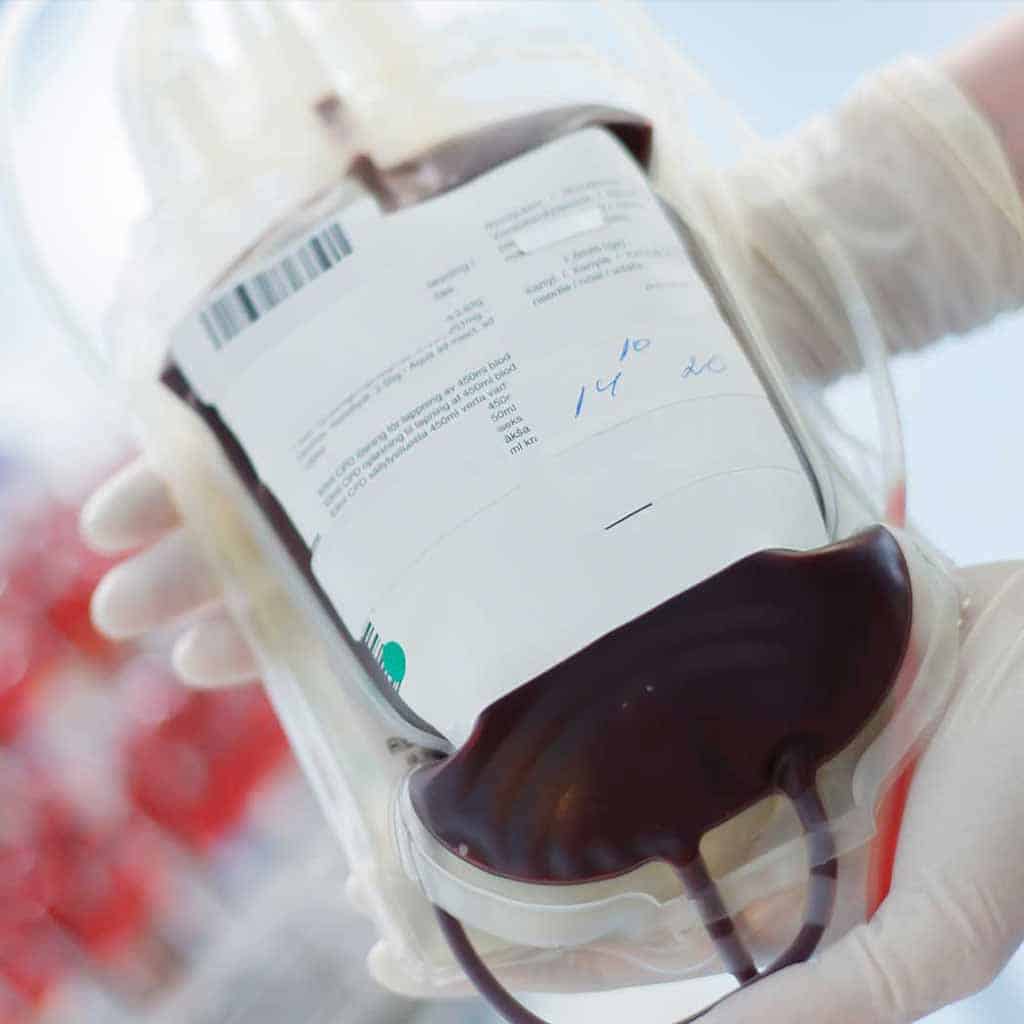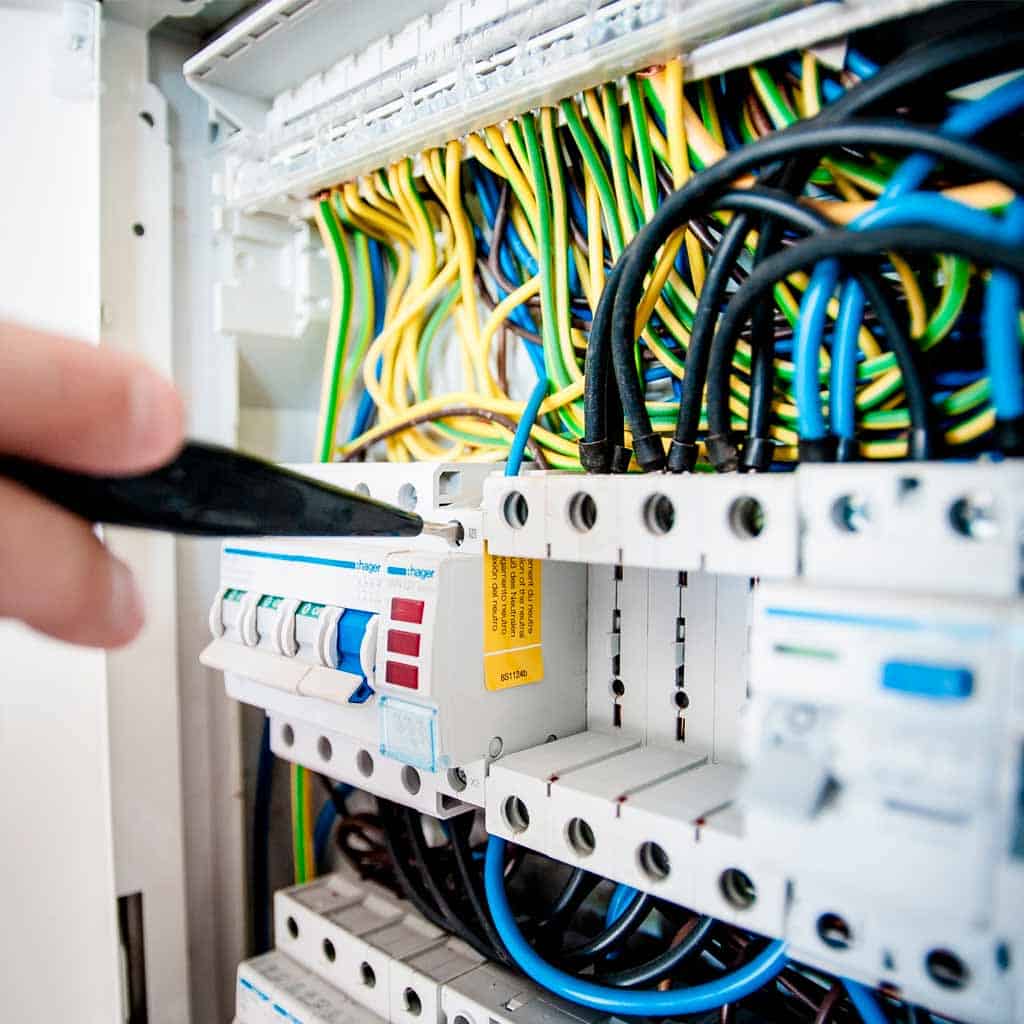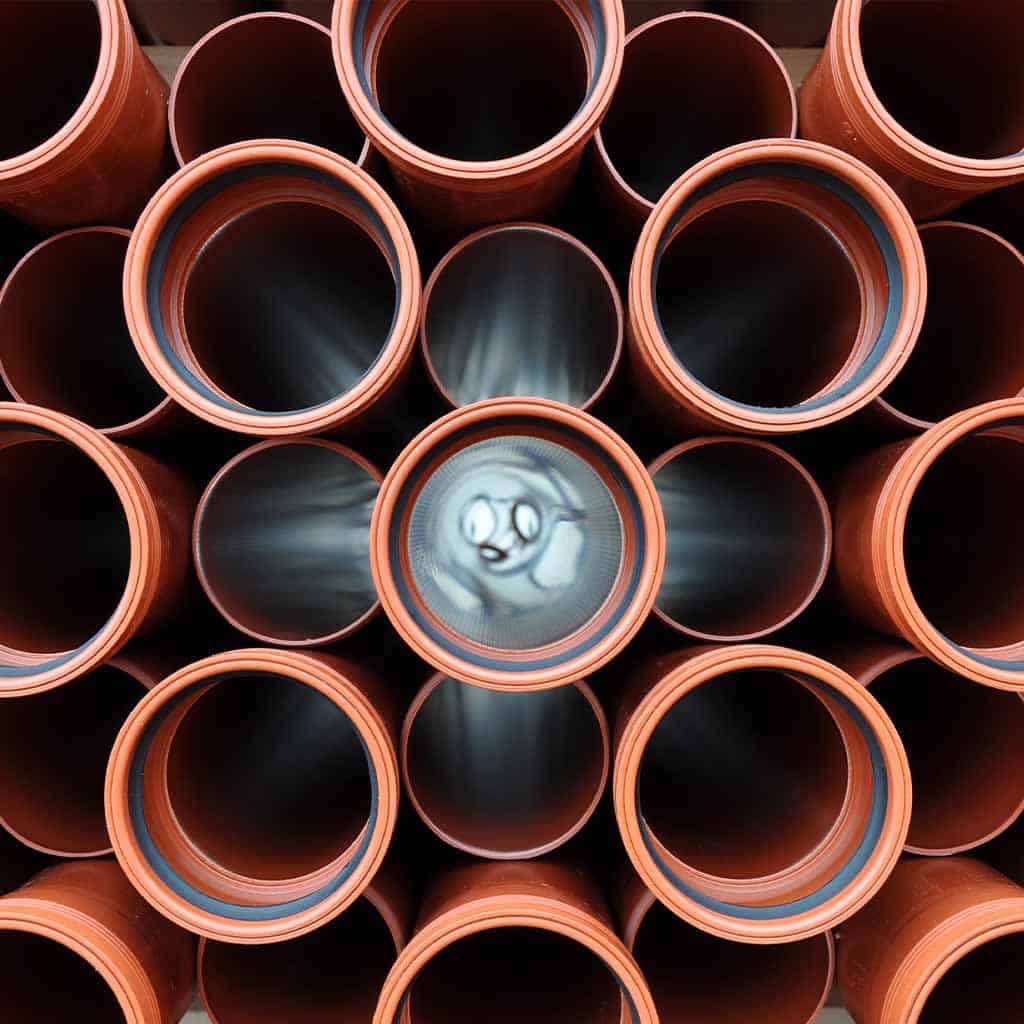PVC additives
The widest range of applications
Without additives, PVC would not be a useful substance. However, PVC is compatible with a wide range of additives that can soften it, colour it, or make it more processable or longer lasting. This means that PVC can be used in a broad range of applications, from car seals and flexible roof membranes to pipes and window frames. PVC products can be rigid or flexible, opaque transparent or coloured, and insulating or conducting. There is not just one PVC but a whole family of PVC forms, tailor-made to suit the needs of each application. Unlike most other thermoplastics, the majority of PVC applications have a lifetime of between 10 and 100 years. PVC’s durability is achieved through the use of stabilisers. All polymers require stabilisers of one sort or another; PVC is no different in this respect.
Below are some of the most common PVC applications.



Formulating PVC products
The second compounding method blends together the ingredients in either a low or high-speed mixer, and then transfers the powder to a melt compounder. This produces a melt which, when cool, is cut into granules ready for processing. In a specialised process, liquid compounds known as plastisols are produced as dispersions of very fine PVC polymer particles in organic liquid. PVC compounds are made into products using a variety of processing methods which include extrusion, injection moulding, blow moulding, calendering, spreading and coating.
